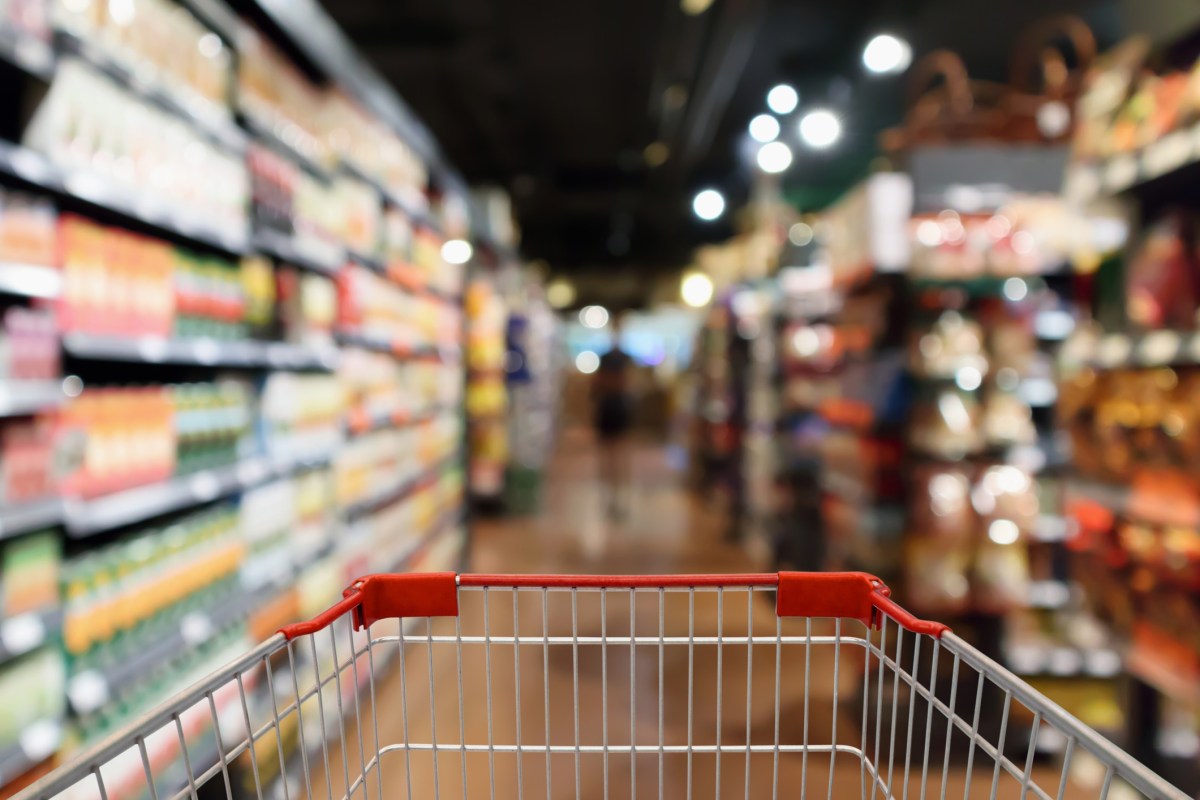Fresh food and grocery retailers and their suppliers have needed to evolve their business model to support new customer needs – be it opening hours, services, pricing, product assortment or store experience. Global leader in customer data science, dunnhumby has shared insights from online interviews conducted across 13 countries to find out how global retailers have adapted to the current crisis.
Food retail data from China found that customer spend per visit has grown significantly whilst frequency of visits is overall much lower. Many new customers or infrequent customers have reassessed their local stores, with small supermarkets seeing the highest rise in sales and visits as a result of customers shopping in their nearest store.
There has also been a significant increase in online grocery shopping especially in fresh food – ten times the average in sales before the outbreak. This has been driven not just by consumer demand, but wider distribution of stores offering home delivery.
Consumption patterns have been changing with daily-meal and instant food categories experiencing strong growth as more consumers cook at home, while personal hygiene and household cleaning have seen significant gains as customers become more health-conscious.
dunnhumby found the following indications of changing consumer habits in China and other regions:
- Customers have prepared themselves for lockdowns by stocking staples, baby and pet care. Fear-hoarding is going hand-in-hand with urgent shopping of basic hygiene products. Much of this short-term, long-life pantry loading will likely see a significant lag in future consumption sales, such as medicines, household and canned food.
- Customers are doing fewer trips as social distancing and quarantine restrictions encourage nearby shopping. In doing so, consumers are trading up to larger packs, and more full shop missions not always typical in those smaller local formats. Sales per visit is increasing by up to 20% in these stores.
- Customers are shopping more online. Most grocers are reporting record sales through e-commerce, forcing retailers to enhance their websites, maintain inventories, and fulfill delivery and pick-up demand. Fresh food is no longer reliant on offline retail, which could cause a breakthrough point for e-commerce expansion.
- Customers are adopting healthy living by being more conscious about personal hygiene and household cleaning. Though there are regional variations, prevention through improving hygiene practices is seen across the globe.
The above changes have put pressure on retailers to act immediately, with top retailers adopting three key principles:
The paradox of “customer first”
Especially in times of crisis, it’s all about is putting the employee first. Recognise and reward your store teams for their super-human responses in the face of crisis. Review attendance and sick-pay policies.
A better way of embracing customer loyalty
Understand that employees are the best loyalty-building team. They are members of the community, reflecting the values of their neighbours, speaking for their friends and families, and serving as the voice of your company back to the community. Retailers must think about growing employee loyalty to grow customer loyalty. Winning customer loyalty begins with helpful, well-trained and motivated employees.
More than ever, it’s about the retail basics
Getting back to a solid basic level of service and dealing with demand is paramount. Stock shelves with the most important items, continuity of supply is all that matters. Hard decisions need to be made to peel back the shopping experience to the most simple offer to enable staff to get the basics done. This means trade-offs with a long list of activities to be paused in store to make employees lives easier.

